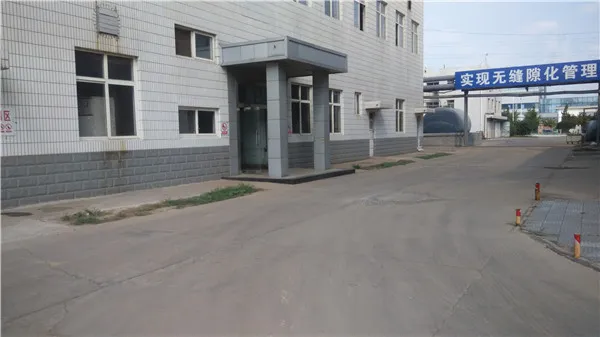Biocides for Cooling Towers Essential Solutions for Water Treatment
Cooling towers are pivotal components in numerous industrial processes, HVAC systems, and power generation facilities. They play a crucial role in dissipating excess heat from various operations, thereby optimizing performance and energy efficiency. However, the presence of water in these systems creates the potential for microbial growth, which can lead to numerous operational challenges, including biofouling, corrosion, and decreased heat transfer efficiency. Consequently, effective water treatment practices, particularly the use of biocides, are essential to maintain the functionality and longevity of cooling towers.
Biocides are chemical agents designed to control harmful microorganisms such as bacteria, algae, fungi, and viruses. In cooling towers, the most common biocides used include chlorine, bromine, and non-oxidizing biocides like isothiazolinones and quaternary ammonium compounds. The choice of biocide depends on various factors, including the type of cooling system, water quality, environmental regulations, and safety considerations.
Biocides for Cooling Towers Essential Solutions for Water Treatment
Bromine serves as an alternative to chlorine with similar effectiveness but certain advantages. Bromine has a higher stability and residual effect in warmer water, making it a preferred choice in certain high-temperature applications. Additionally, bromine tends to form fewer harmful by-products compared to chlorine. However, it is generally more expensive, which can impact its feasibility for some operations.
biocide for cooling tower

Non-oxidizing biocides present another category of solutions used in cooling towers. These compounds, including isothiazolinones, are typically used as part of a broader treatment program in conjunction with oxidizing biocides. They work by disrupting cellular processes in microorganisms, leading to their death and preventing regrowth. Non-oxidizing biocides are especially beneficial in systems where chlorine or bromine is restricted or for applications that require extended periods of microbial control.
Despite their advantages, the use of biocides is not without challenges. There is a growing concern about the environmental impact of chemical biocides, particularly regarding resistance development among microorganisms. Over time, improper usage or continuous exposure can lead to the emergence of resistant microbial strains, making it increasingly difficult to manage water quality. To counteract this challenge, it is crucial to implement integrated water treatment programs that combine biocides with other strategies such as physical treatment methods, regular system maintenance, and monitoring of microbial levels.
Effective management of biocides in cooling towers requires a tailored approach, taking into account local regulations, environmental considerations, and specific system characteristics. Regular monitoring of biocide concentrations, microbial counts, and system performance is essential to ensure optimal treatment efficacy. Additionally, operator training and adherence to best practices are fundamental to achieving desired outcomes while minimizing risks.
In conclusion, biocides play a critical role in maintaining the efficiency and safety of cooling towers by controlling microbial growth. While their use presents challenges, understanding the different types of biocides and implementing a comprehensive water treatment program can significantly mitigate these issues. Through diligent management and monitoring of biocide application, industries can enhance cooling tower performance, reduce operational costs, and comply with environmental standards, ultimately leading to more sustainable practices in water management.

